“I have been invited to photograph a lot of the modern punk movement, but it has had no excitement for me,” states photographer Thurston Howes. “I think the people I was involved with at the time were the real draw for me. They were creative, engaging, and very receptive to me and my photographs. The sharing of humanities and the friendships that evolved are still a part of me to this day.” Mr. Howes photographed punk rock during a golden era many punks have fantasized about for many years, and some still do even to this day.
The energy of that scene and the people surely come through in Thurston’s photos. Reciprocally, capturing those moments brought Mr. Howes immense joy. In fact, his story involves his incredibly supportive wife, who commented that she never saw him smile anymore. She remembered how he was always smiling when a camera was in his hands. And so, part of the story begins there.
The Essential Gear of Thurston Howes
- Kowa Super 66
- Vivitar 385 flash
- TX 120 film
My equipment back then was a Kowa Super 66, 6×6 medium format camera with a 90-degree viewfinder and a 55mm lens. I used a Vivitar 385 flash on a pistol grip and TX 120 film. I worked out my system, so I exposed TX with an ASA (ISO) of 2oo to open up the shadows, and then I compacted the development, so I did not blow out the highlights. (Bi-lateral contrast control). The action was so fast, that I did not have time to focus so I used zone focusing, my exposure was 1/60 of a second at F22, and everything was in sharp focus from about 6’ to 22’ (DOF), so I did not have to put much thought into exposure nor focusing and could spend my energy into composing, most of the photographs were made in the 6 feet to 10 feet range. I am a big believer in the decisive moment when everything comes together with strength and integrity in the frame, I had to simplify everything I could, or I would never get to take any photographs; I would end up spending all my time dealing with technique. I chose the 55mm lens because I wanted to get involved in the action and not sit on the sidelines with a longer lens. As a documentary photographer, I wanted to be involved at an intimate level with what I was photographing. I have a beautiful Omega variable condenser enlarger and use a Schneider companon 90mm enlarging lens printed on Ilford gallery 11×14 fiber base paper, using my own mixtures of Dr. Beers paper developer.
Phoblographer: Talk to us about how you got into photography.
Thurston Howes: I got interested in photography at a young age. I was around eight years old when my dad gave me one of his old cameras to play with; a few years later, he saw me “taking” pictures in the front yard when he came home from work, and he asked me what I was doing, I told him, and he asked me if I would like to try it with film, so I had played around for a few years with no film in the camera. Things changed quickly when he introduced me to the idea of putting film in the camera. Jumping forward, I was one of the photographers on the high school yearbook and the school newspaper. I photographed a bit in college but got out of it for a few years. I did a brief stint as a pharmaceutical salesman but was never happy. One day my wife told me I never seemed happy anymore and the only time she saw me smile was when I had a camera in my hands. I listened to her, and she supported my decision to go to graduate school and study photography.
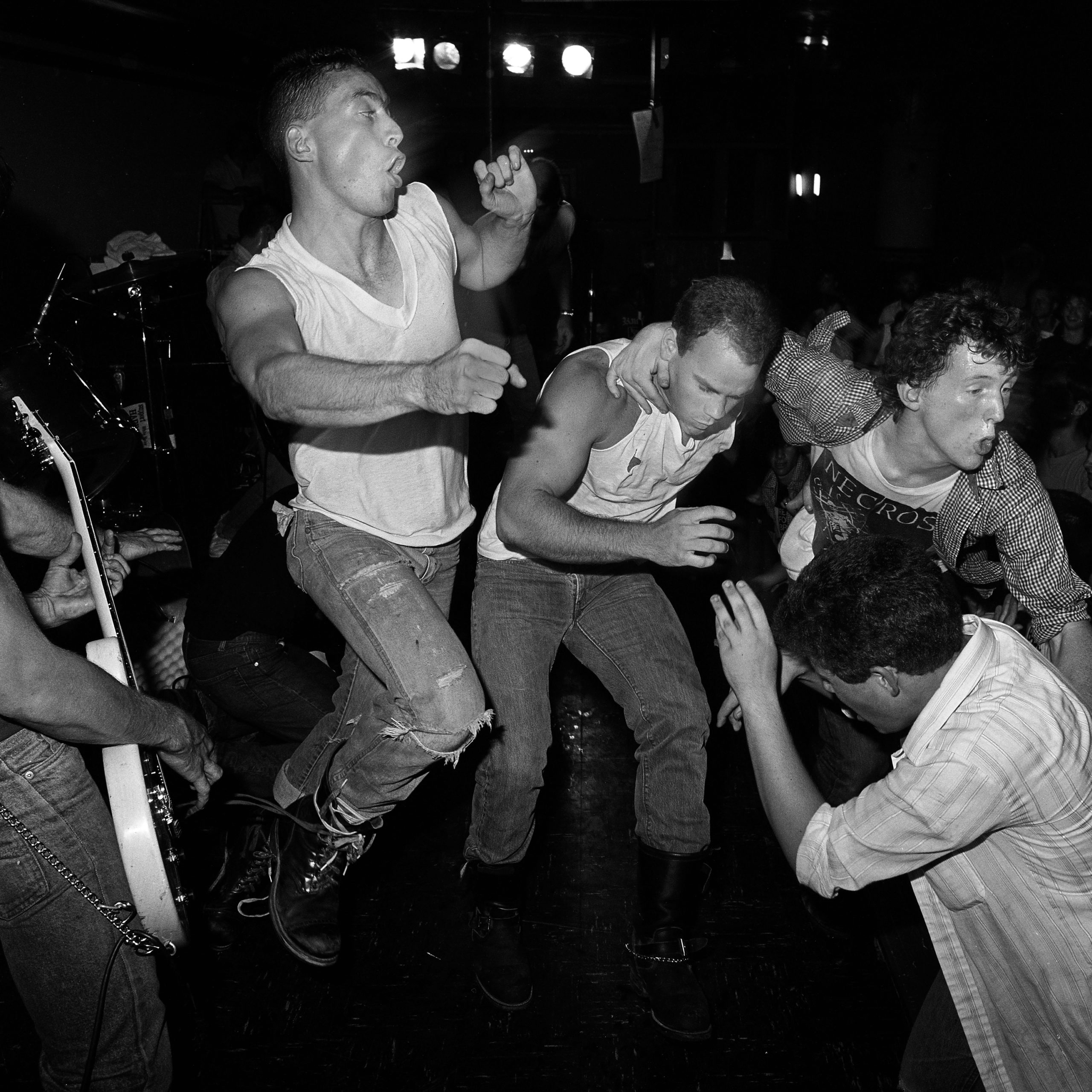
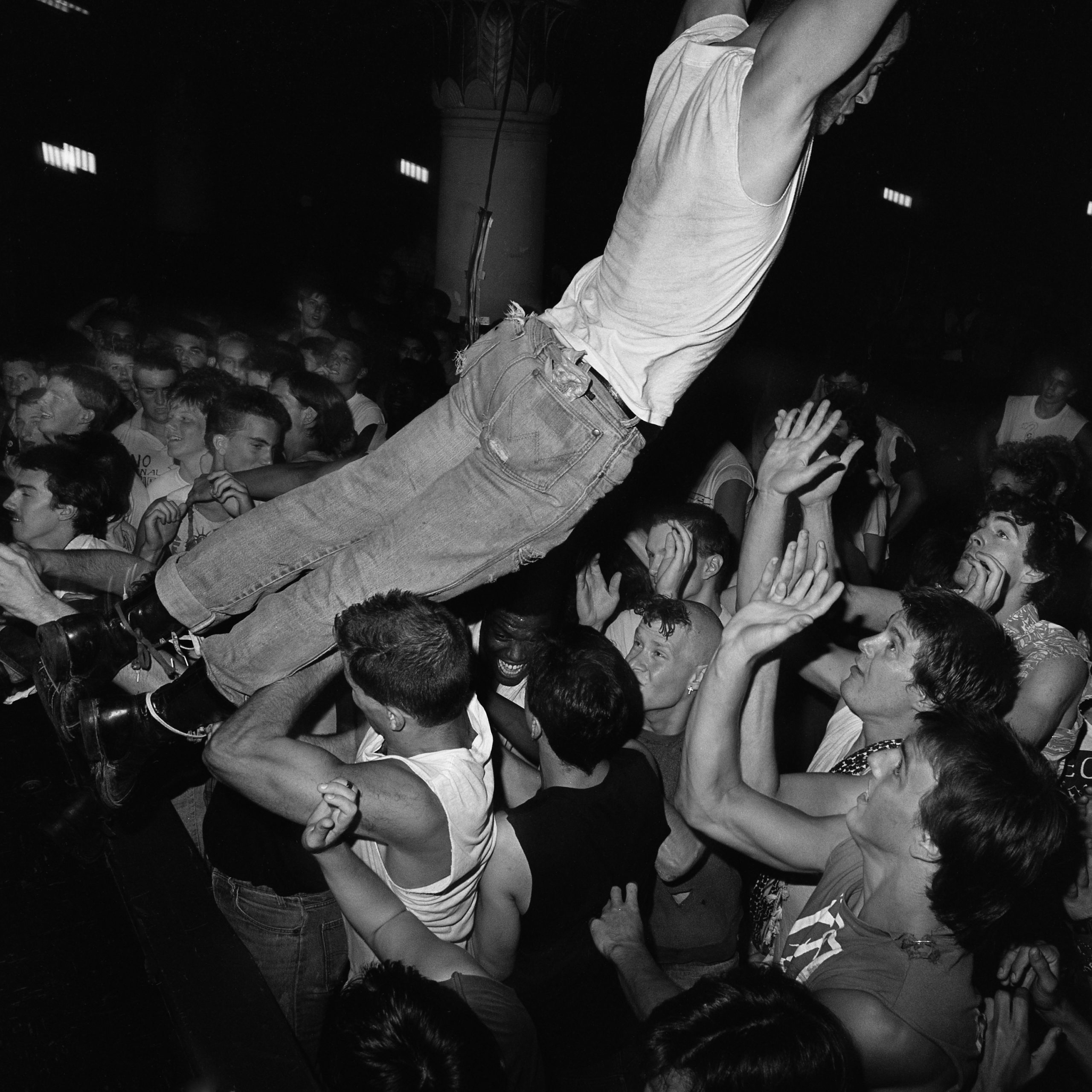
I ended up at Virginia Commonwealth University in Richmond VA, I was fortunate enough to get a Master of Fine Arts degree in photography and have never looked back. I learned the difference between taking pretty pictures and making photographs. That difference to me was meaning, purpose, and intent. That was when I got serious about making photographs. As a documentary photographer, I believe in the supposition that “truths must be discovered, not constructed”.
Phoblographer: What was it like getting access and gaining the trust of these people back then? Maybe easier than it is today, right?
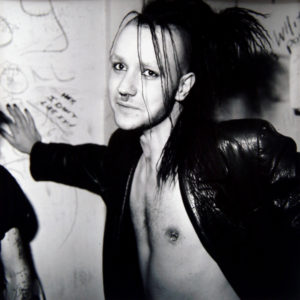
Thurston Howes: I started this project while I was in graduate school. I saw a “punk rocker” walking down Grace St in Richmond, VA and was afraid to look at him, he seemed about 10 feet tall, spiked hair, was wearing all black, had a spiked dog collar on, and was caring a big knife on his belt. I was intrigued and became very interested in that lifestyle. I have a friend David Stover who was in a band, and he told me he would introduce me to some other in the scene. I met Mikey Rodriguez who was in some local bands and helped bring in bands from out of the area, and he introduced me to the local scene. When I first started photographing people would “goof off for me,” but once people realized I was there to tell their story they became more relaxed with me there and become themselves and allowed me to capture brief moments with them. I became their “cameraman.” I would get calls almost every day from someone on the scene telling me of an event I should come document. I gave away hundreds of photographs. For me, it was a sharing of humanities, and that was all I had to offer, in exchange of them sharing their music and moments of their lives.
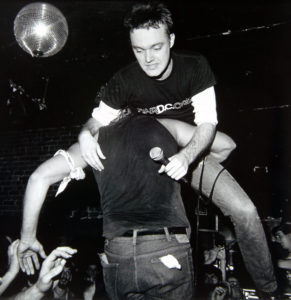
I realized that by photographing others, I learned as much about myself., as I did about the people I photographed.
Once I was in the scene, everyone took care of me. I remember I was photographing the Red Hot Chili Peppers in a club; the band said I could get on stage, and someone from out of town took offense that I was allowed on the stage and he wasn’t. Every time he got on stage he got thrown off, he jumped up on stage grabbed me and lifted me up, and threw me into the crowd, someone in the mosh pit caught me, and someone else caught my camera, and the crowd moshed him. That was when I knew they accepted me in their group as their own photographer.
Phoblographer: Who are some of the memorable people you’ve photographed? Can you share stories about them?
Thurston Howes: Wow, I don’t even know where to begin. There are so many great stories. I got to photograph so many amazing people and musicians that were in Richmond, VA and that traveled through the area from all over the world. I traveled with a band (White Cross) up the east coast, I rode in the back of a van bouncing around on a speaker from Richmond VA to Philadelphia, to CBGB’s in New York, to Boston and back in one weekend. We slept on the floor of clubs or anywhere else we could find to crash. We were threatened by another band that played at CBGBs because the band I was traveling with was paid about $2.00 more than their band and they wanted half of it.
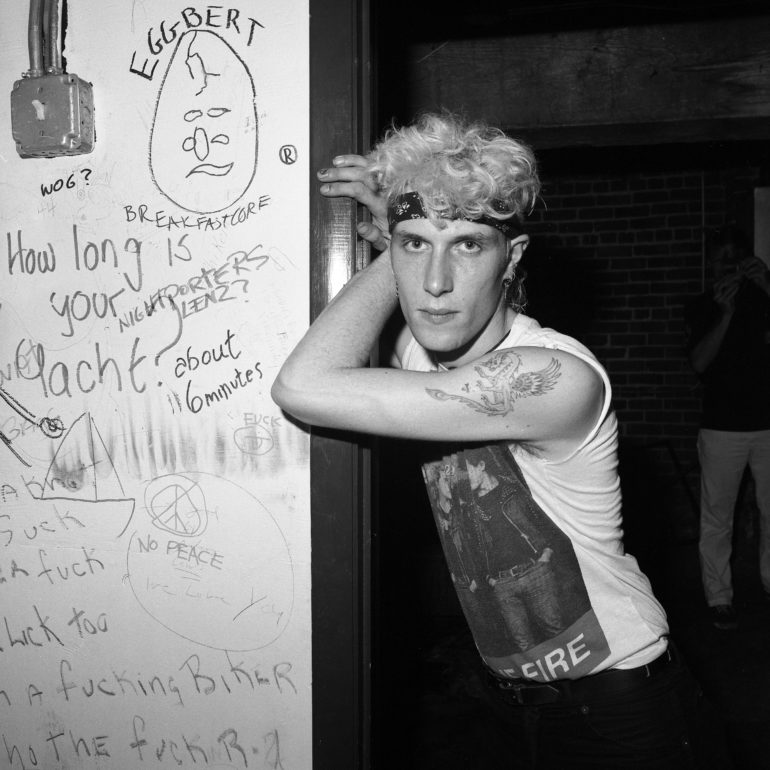
Another time that stands out in my mind was when I was photographing the band GBH, and I could not find a good advantage point to photograph the band from, and I spied a table with a speaker on it, so I climbed on top of the speaker, and it was perfect, then a woman saw me up there and joined me, and the table collapsed, I remember making a photograph as I was freefalling toward the floor and that is one of my favorite photographs to this day.
I was fortunate to get to photograph many great punk bands of that era, GBH, Broken Bones, The Damned, UK Subs (British Bands), DOA (Canada), Black Flag. Circle Jerks, COC, Suicidal Tendencies, Dead Kennedys, Whipping Boy, Bad Boys, GWAR, White Cross, Nig-Heist, Chili Peppers, Minor Threat, Toxic Reason, and so many more great bands and great people. It was an amazing time. I quit photographing the scene after one night in the basement of a club, I was making some photographs of Henry Rollins (Black Flag) and he said the punk scene was dead, it was not what it used to be, so I moved on after 3 years+. (Chris, I have lots of stories if you want more)
Phoblographer: What do you miss the most about this era? have you tried to photograph the modern punk movement? What are some of the biggest differences?
Thurston Howes: What do I miss most about this era, it was exciting, educational, and invigorating. I looked forward to getting out and exploring the world of “Punk Rock”. It is interesting because if you asked me about the music, there is very little I can tell you about it, as I would get into a visual zone, and the music became secondary. I found I tended to photograph spontaneously and instinctively, trying to have no preconceived ideas and trying to make my photographs about discoveries and learning. They were intended to inform rather than to be about my personal feelings. The information was about the people I photographed, the energy of the event, and the instantaneous recognition of a gesture or an action generated by the event.
I really liked using a flash because it allowed me to take brief but vivid images coming out of the black at “point blank range,” with a clarity that the real world can seldom have. The growth that I experienced through photographing this scene is the real value of this work. I learned that by experiencing new lifestyles, I broadened my understanding of the world around me and a better understanding of myself; I learned that things are not always the way they seem. Man Ray observed that “open confidences are being made every day, and it remains for the eye to train itself to see them without prejudices or restraint.”
I think what I miss most is the friendships I made and the excitement of the events. You never know what would happen next.


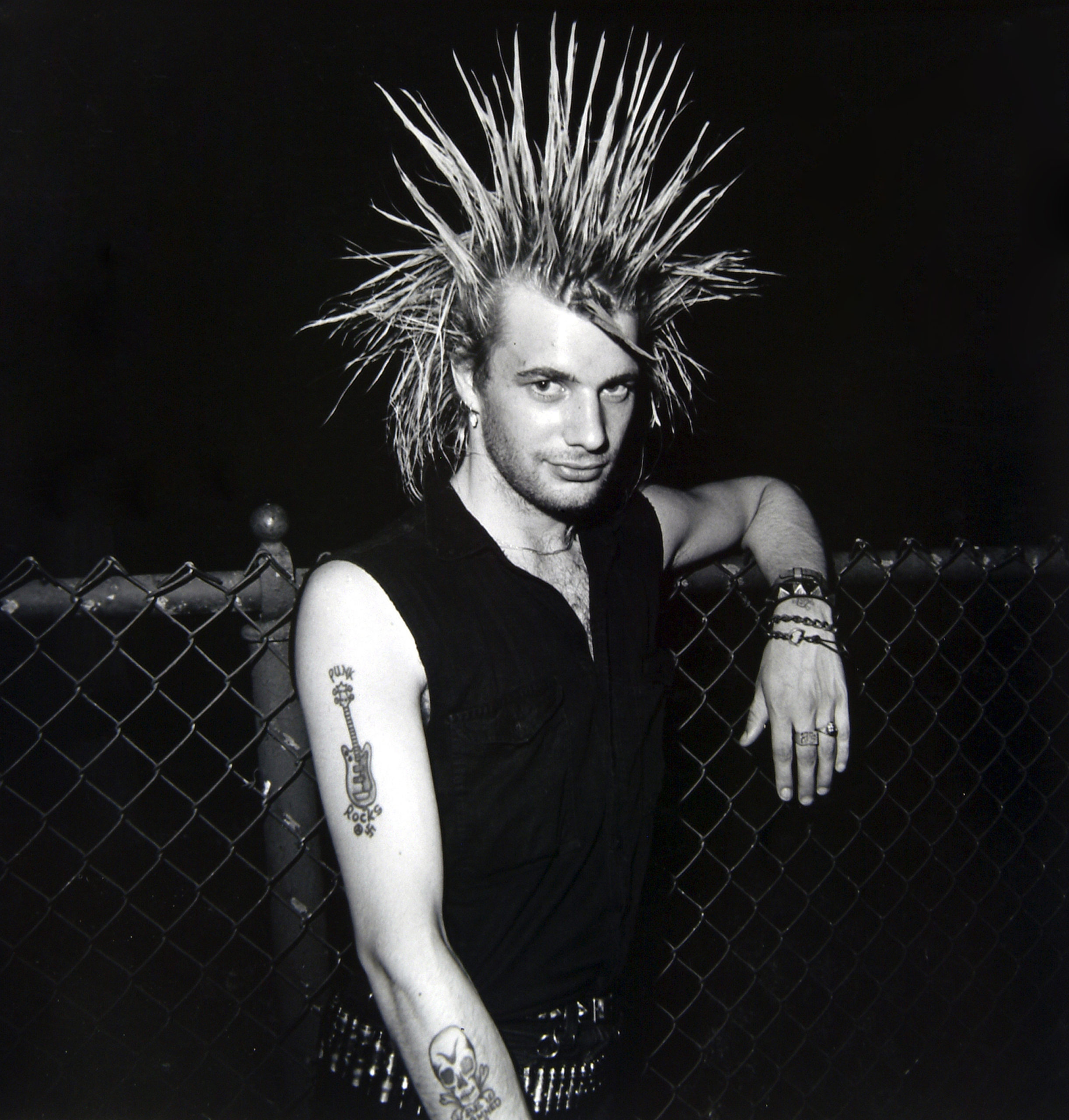
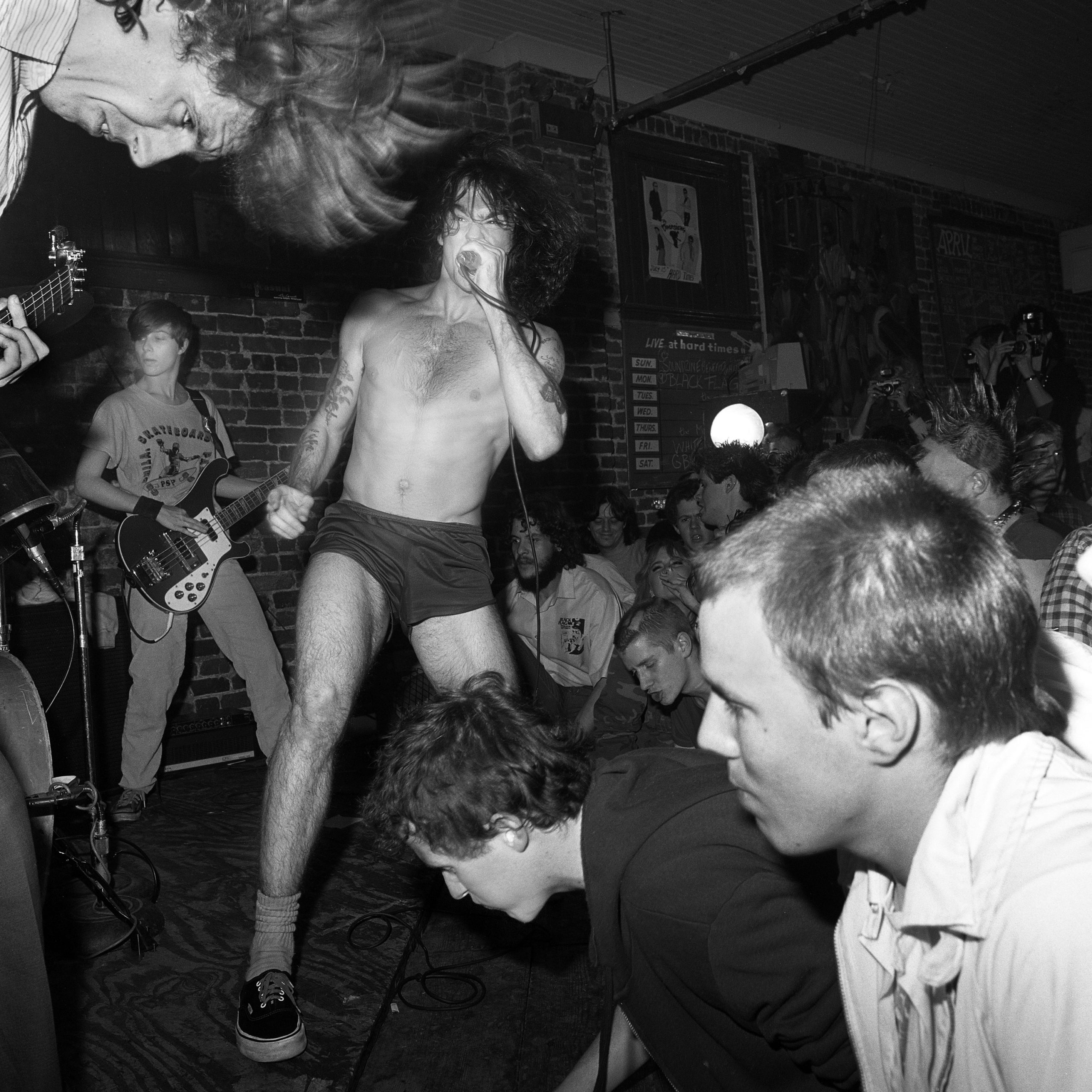
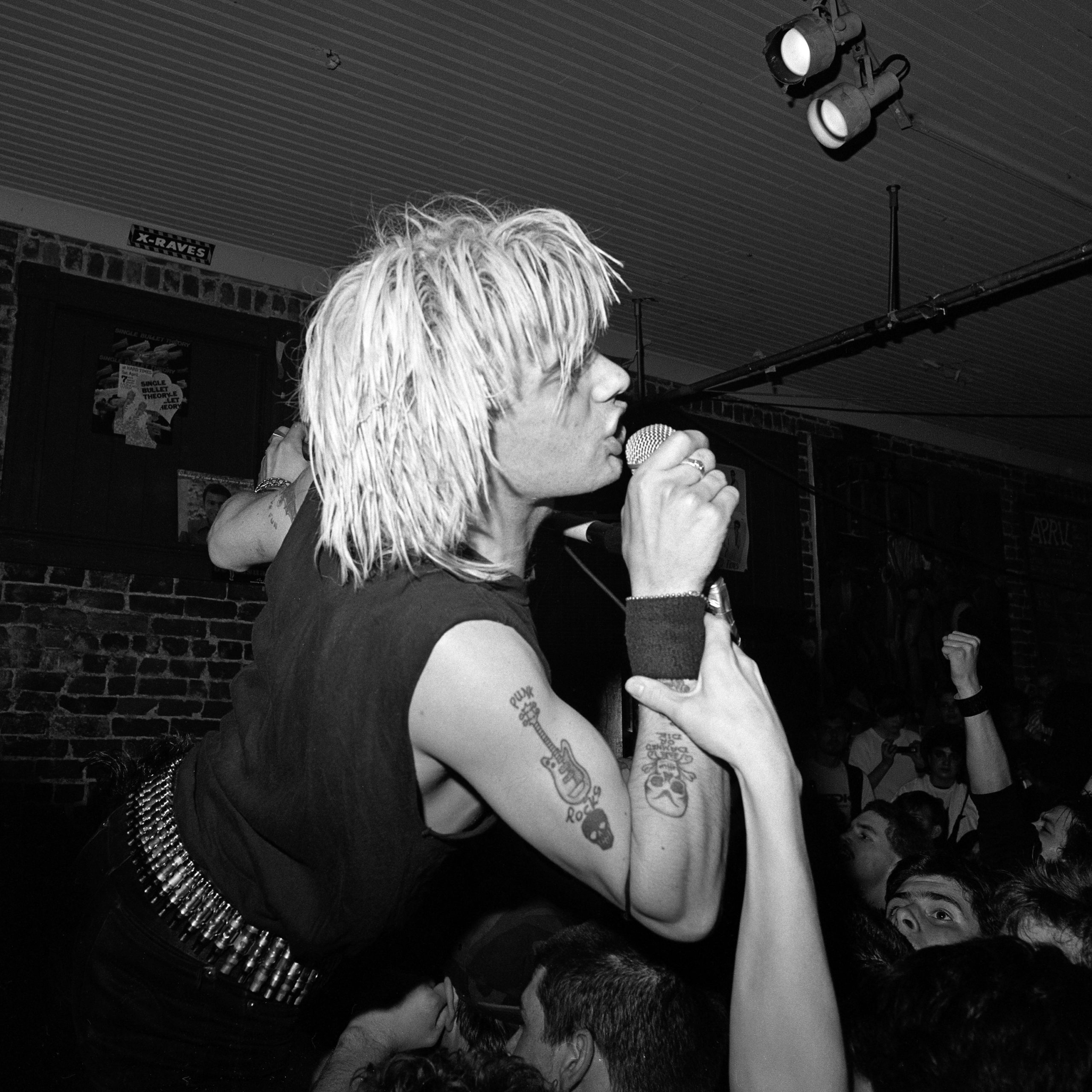
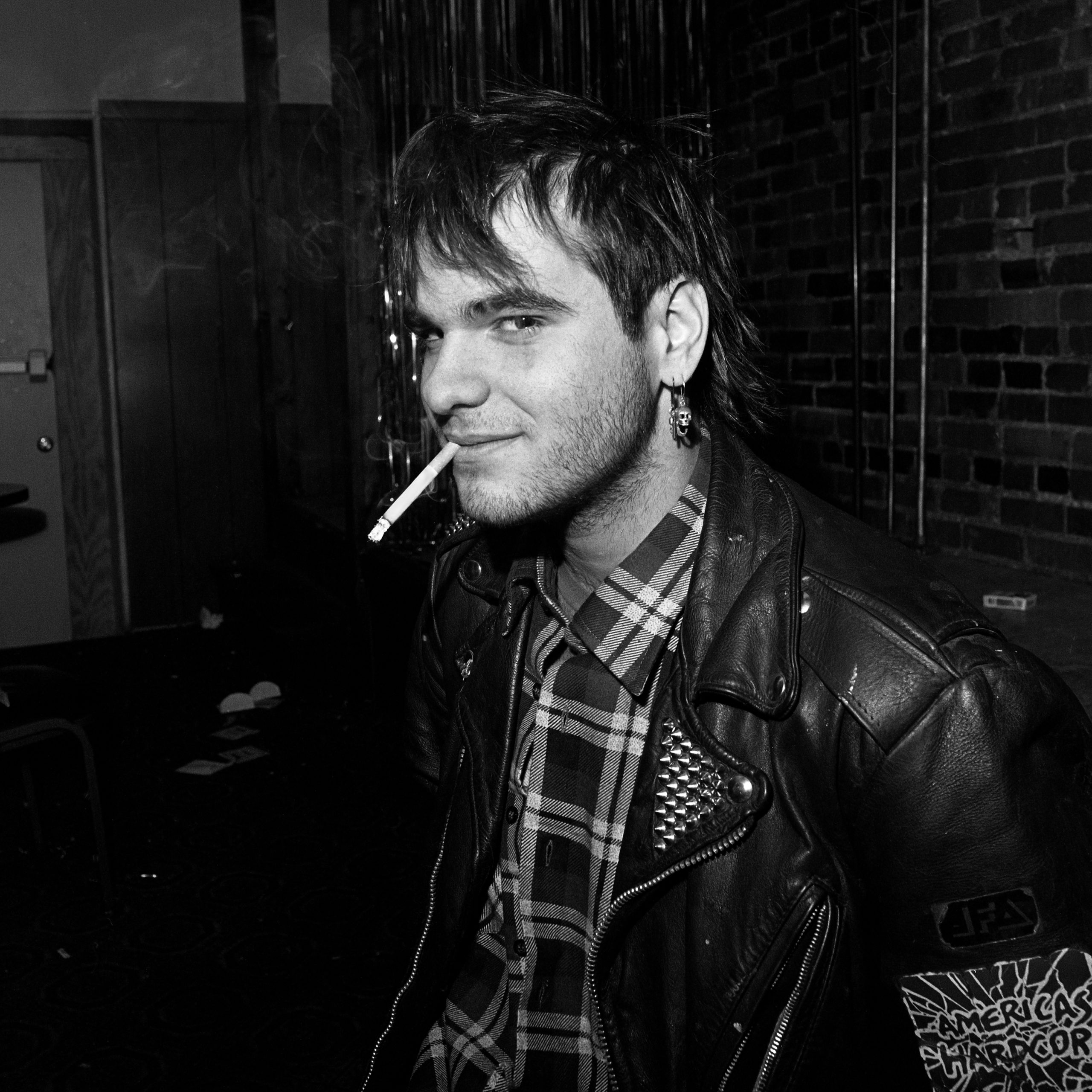
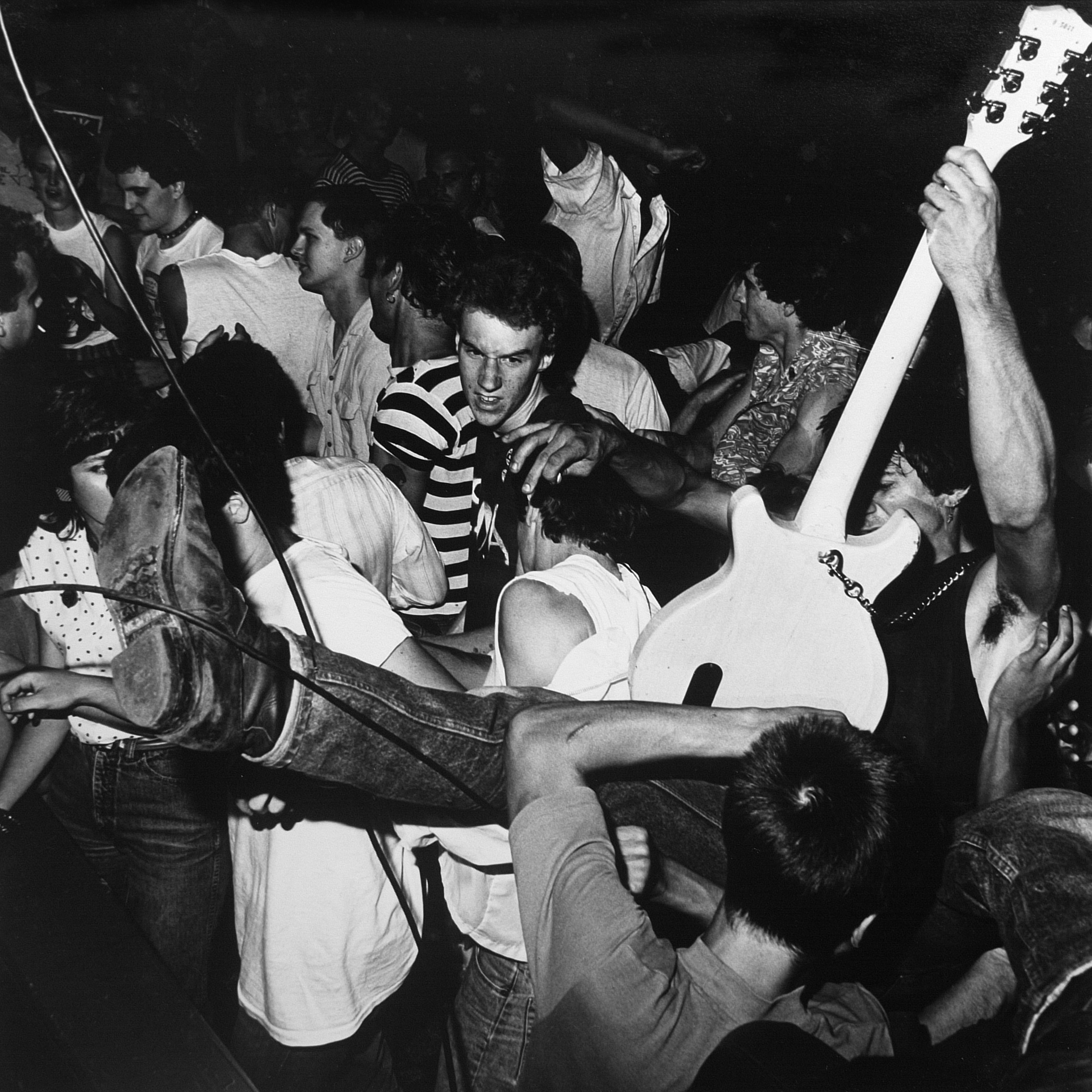
All images by Thurston Howes. Used with permission. Be sure to visit his website to see more. Want to be featured? Click here to see how.


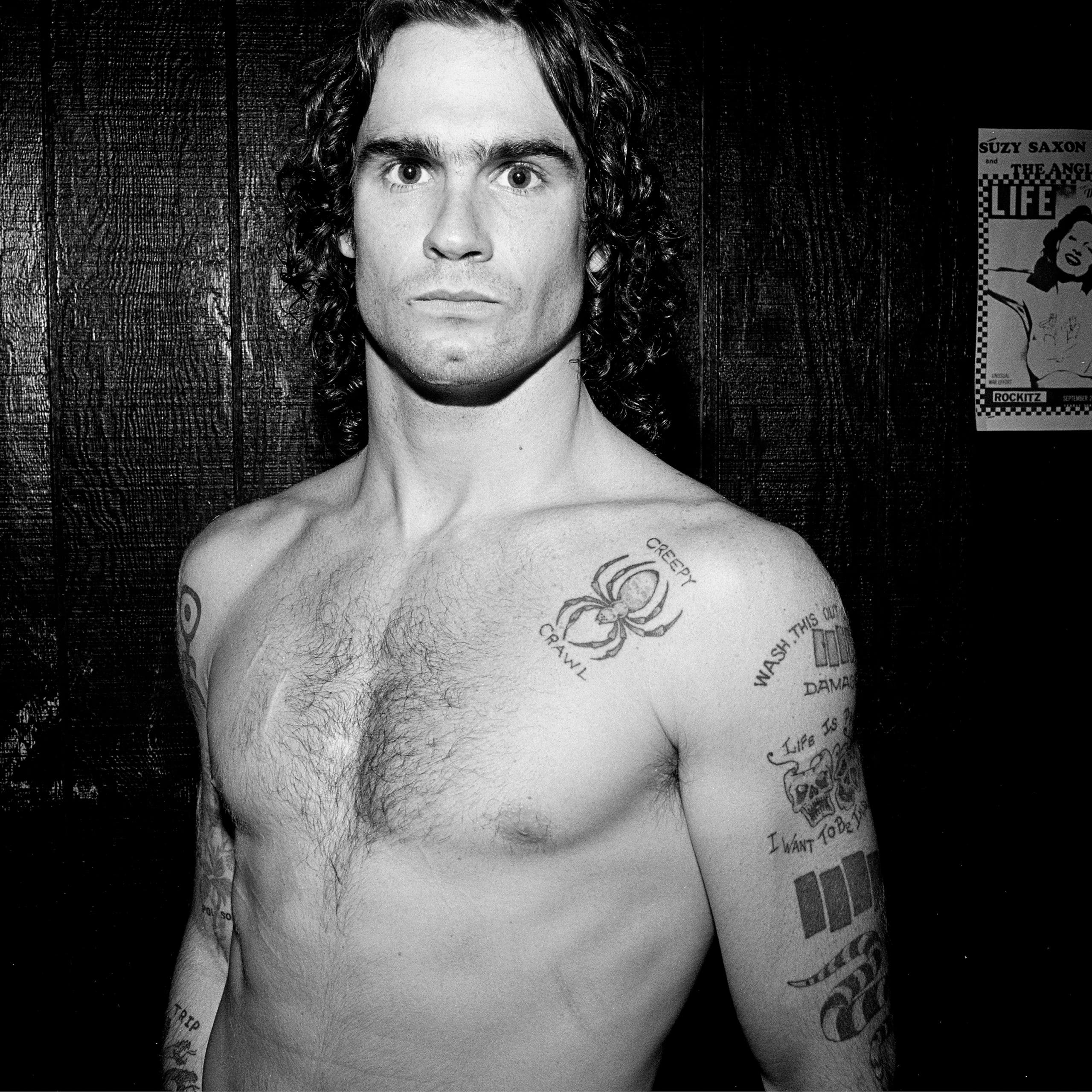
Leave a Reply